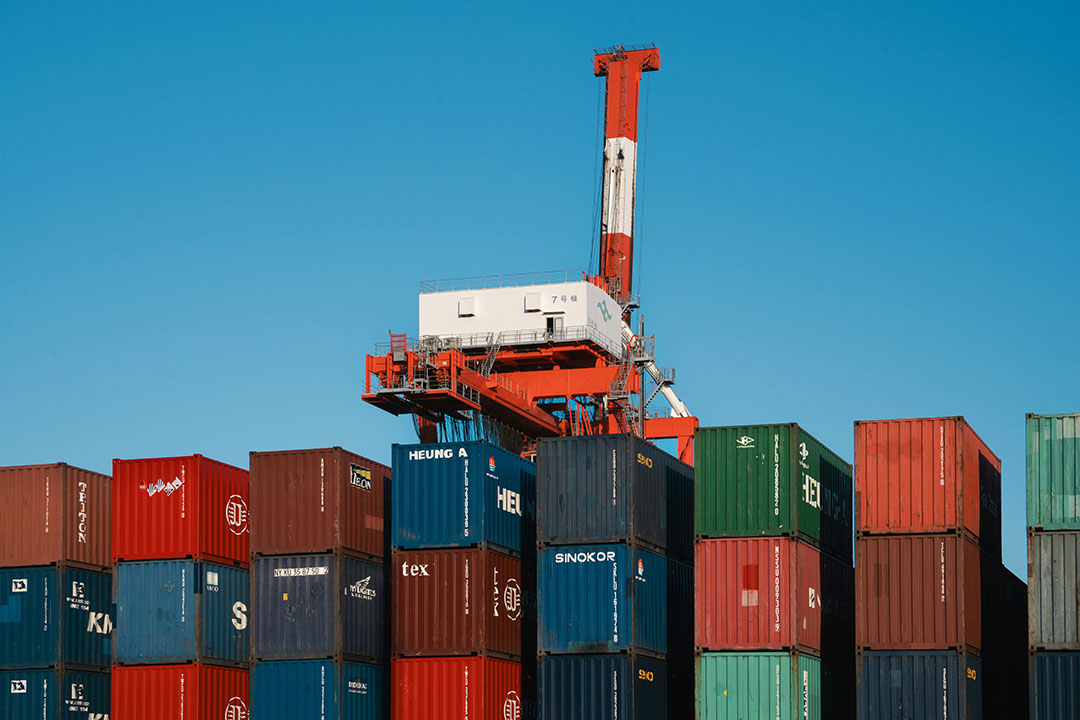Japan presses US on auto tariff cut, seeks clarification on other levies

TOKYO — Japan pressed the US to swiftly implement an agreed cut to auto tariffs and sought clarification on levies for other goods, as conflicting interpretations of the bilateral trade deal further pressured Prime Minister Shigeru Ishiba’s shaky administration.
In a meeting with US Secretary of Commerce Howard Lutnick in Washington on Wednesday, top trade negotiator Ryosei Akazawa urged the US to implement at an early date an agreed cut to US tariffs on Japanese auto and auto parts, Japan’s government said.
Mr. Akazawa also sought confirmation and “immediate execution” of the two countries’ agreement on US levies for other goods imported from Japan, the government said in a statement released on Thursday.
The meeting came hours before US President Donald J. Trump’s higher tariffs on dozens of trading partners kick in on Thursday, as Japan scrambles to clarify divergences with Washington on details of their bilateral trade deal.
Under the deal clinched last month, the US agreed to cut tariffs on Japanese car imports to 15% from levies totaling 27.5% previously but did not announce a timeframe for the change to take effect.
While the two agreed that US duties on most other Japanese goods will be cut to 15% from 25% effective on Thursday, a lack of written confirmation of the deal has led to confusion over whether the new 15% tariffs will be stacked on top of existing levies.
Japan argues the two countries had agreed its goods imported to the US would be exempt from such “stacking,” where they can be affected by multiple tariffs.
Speaking in parliament on Tuesday, Mr. Akazawa said Japan wants to make sure goods such as Japanese beef, which already carries tariffs above 15%, will not be charged the new 15% rate as an additional tariff.
But a Federal Register attached to President Trump’s July 31 executive order that addressed tariff rates for many trading partners showed a “no stacking” condition applies to the European Union, but no such clarification was issued for Japan.
Japan’s Asahi newspaper reported on Thursday, citing an unnamed White House official, that the US will stack the tariffs, adding 15% on all Japanese imports without applying exceptions for items that already have tariff rates above 15%.
In a regular news conference held after the Asahi report, Chief Cabinet Secretary Yoshimasa Hayashi said the US was unlikely to stack 15% tariffs on existing levies. He said Mr. Akazawa confirmed the point with the US side during his visit to Washington on Wednesday.
Given such discrepancies, Mr. Ishiba has been under attack in parliament and domestic media for not crafting a written joint statement stipulating details of the trade deal with the US.
Mr. Ishiba defended the decision, telling parliament on Monday that Japan decided to forgo a written statement for fear that doing so could delay US tariff reductions.
Some lawmakers have warned a lack of written confirmation could backfire given Mr. Trump’s unpredictable decision-making style.
The confusion adds to trouble for Japan’s shaky government led by Mr. Ishiba, who is facing calls to step down after the ruling coalition’s huge loss in last month’s upper house election.
“In negotiating with the US, Minister Akazawa at least ought to have nailed down exactly when US automobile tariffs would be lowered to 15%,” ruling party heavyweight and former trade minister Ken Saito told Reuters on Tuesday.
Yuichiro Tamaki, leader of the opposition Democratic Party for the People, urged Mr. Akazawa to press Mr. Trump’s administration harder to adhere to the bilateral agreement.
“After all, I do feel that a document on the agreement was necessary,” Mr. Tamaki wrote in an X post on Thursday. — Reuters



